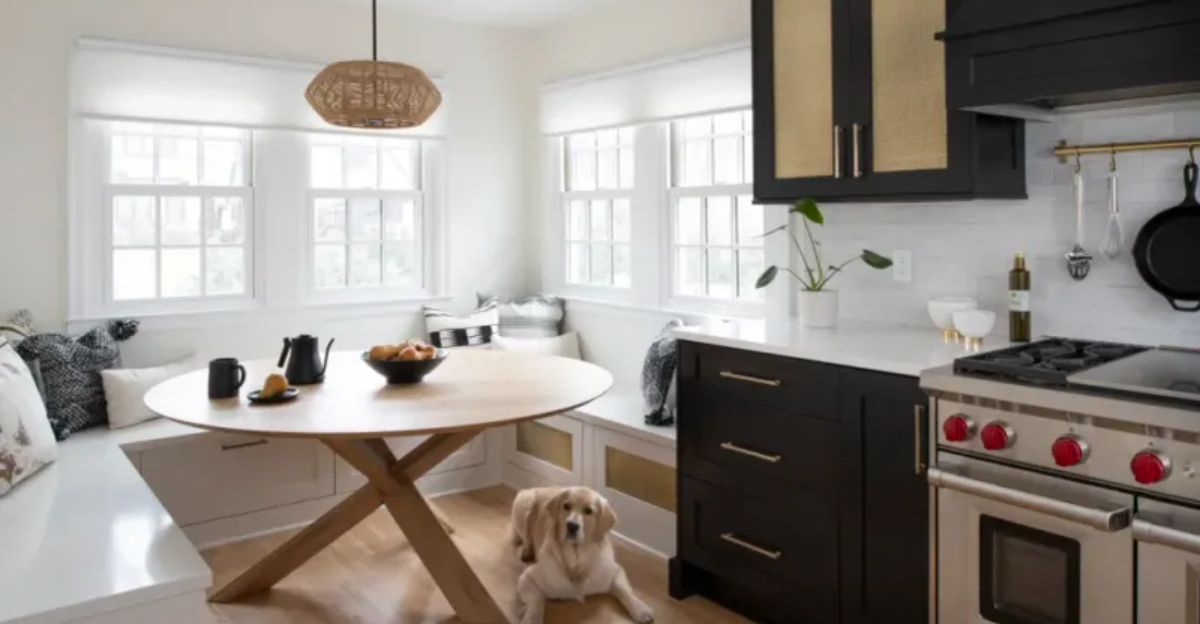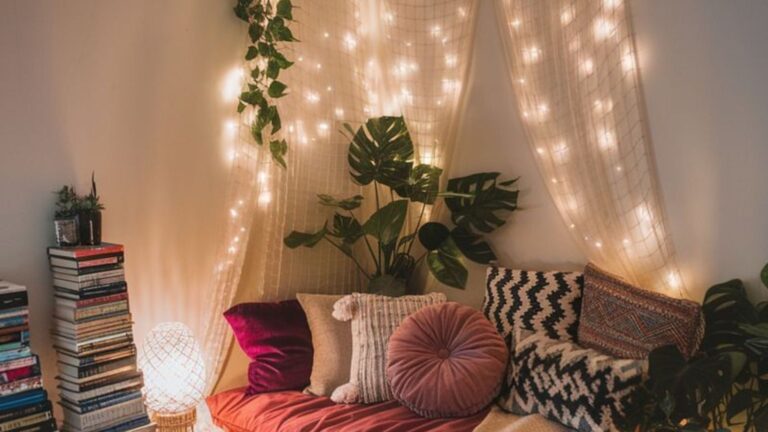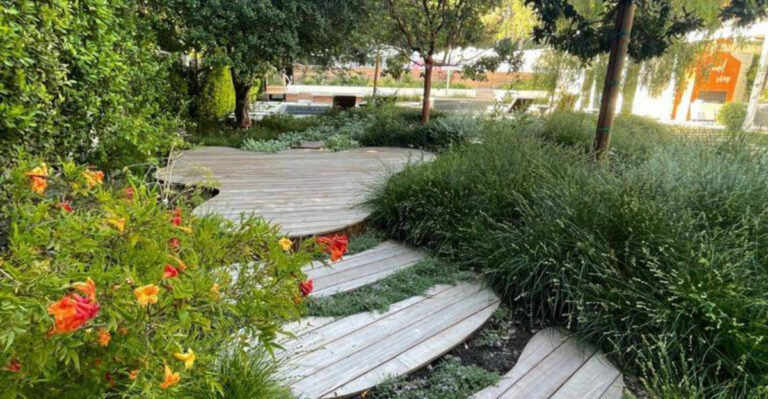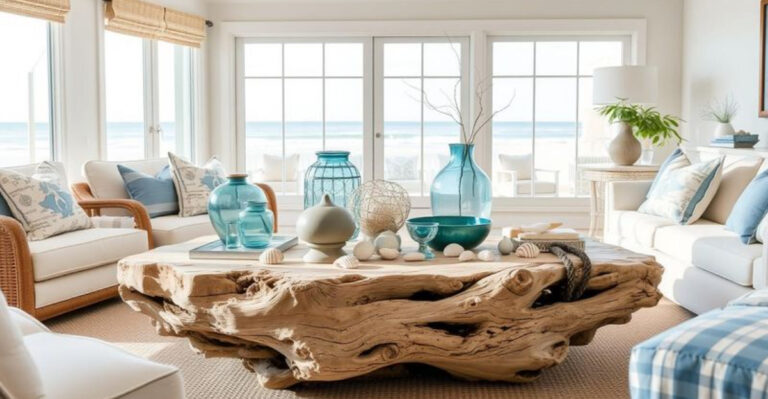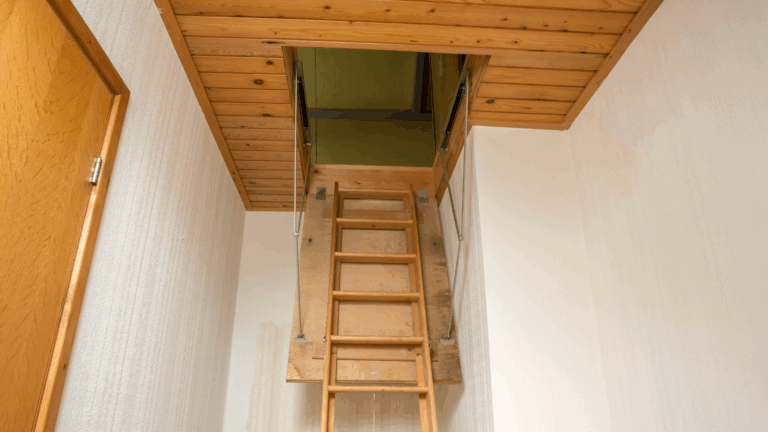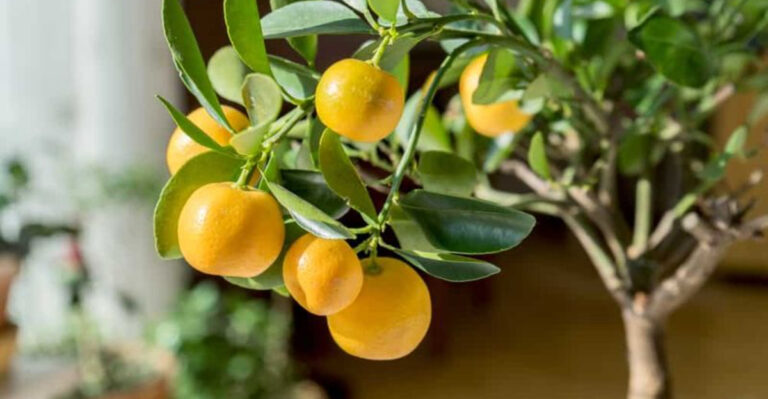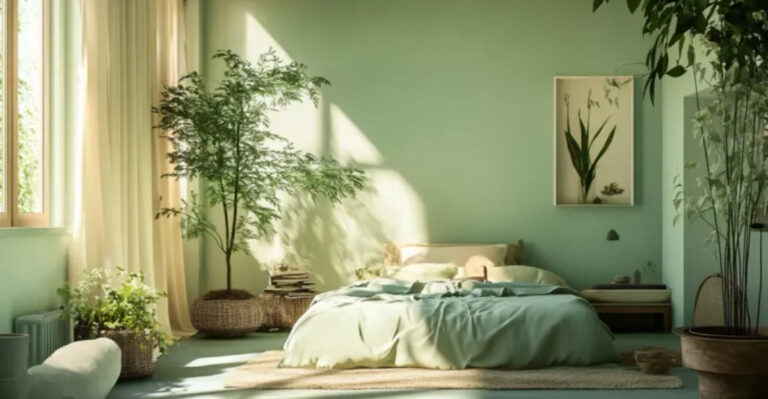19 Forgotten Home Design Trends Making A Stunning Comeback
Remember those quirky home features your grandparents had that you once thought were hopelessly outdated? I used to roll my eyes at them, too, but now I can’t get enough!
Designers are breathing new life into these forgotten gems, giving them fresh, modern twists that feel both nostalgic and totally on trend. It’s amazing how these old-school details can add so much personality and charm to today’s homes.
Whether you’re renovating or just daydreaming, these blasts from the past might make you fall in love all over again with the kind of character you can’t find in brand-new builds.
1. Conversation Pits

Sunken living areas where friends can gather and chat are popping up in modern homes. These cozy, built-in seating arrangements were huge in the 1970s before open-concept took over.
The beauty of conversation pits lies in their ability to create instant intimacy. No need to arrange furniture – just plop down and connect! Modern versions often include tech upgrades like charging stations and modular designs.
Bonus: they make excellent use of vertical space in your home while creating a natural focal point that screams “come sit and stay awhile.”
2. Wood Paneling
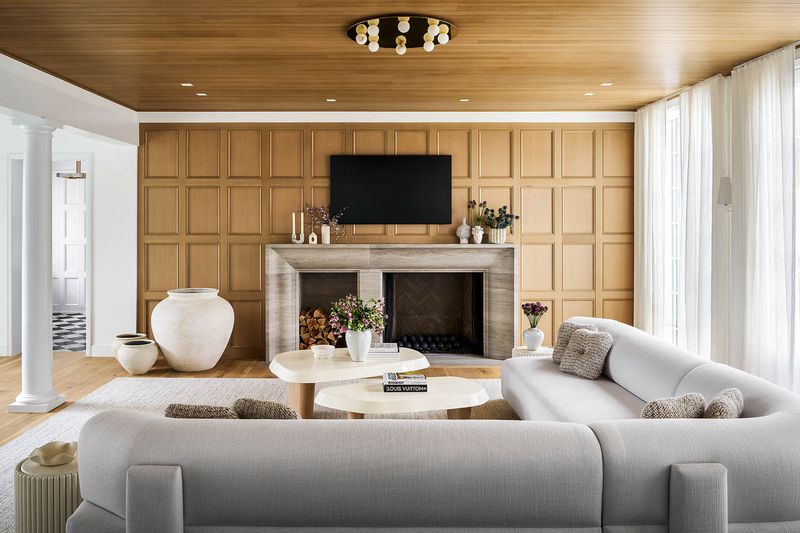
Not the dark, glossy stuff from the 1970s basement rec rooms! Today’s wood paneling uses lighter finishes, interesting patterns, and sustainable materials to create texture and warmth.
Designers are installing it on accent walls, ceilings, and even as headboards. The natural grain patterns bring an organic element that breaks up the monotony of painted drywall.
Fun fact: properly installed wood paneling can actually improve room acoustics by reducing echo – perfect for home theaters or music rooms!
3. Butler’s Pantries
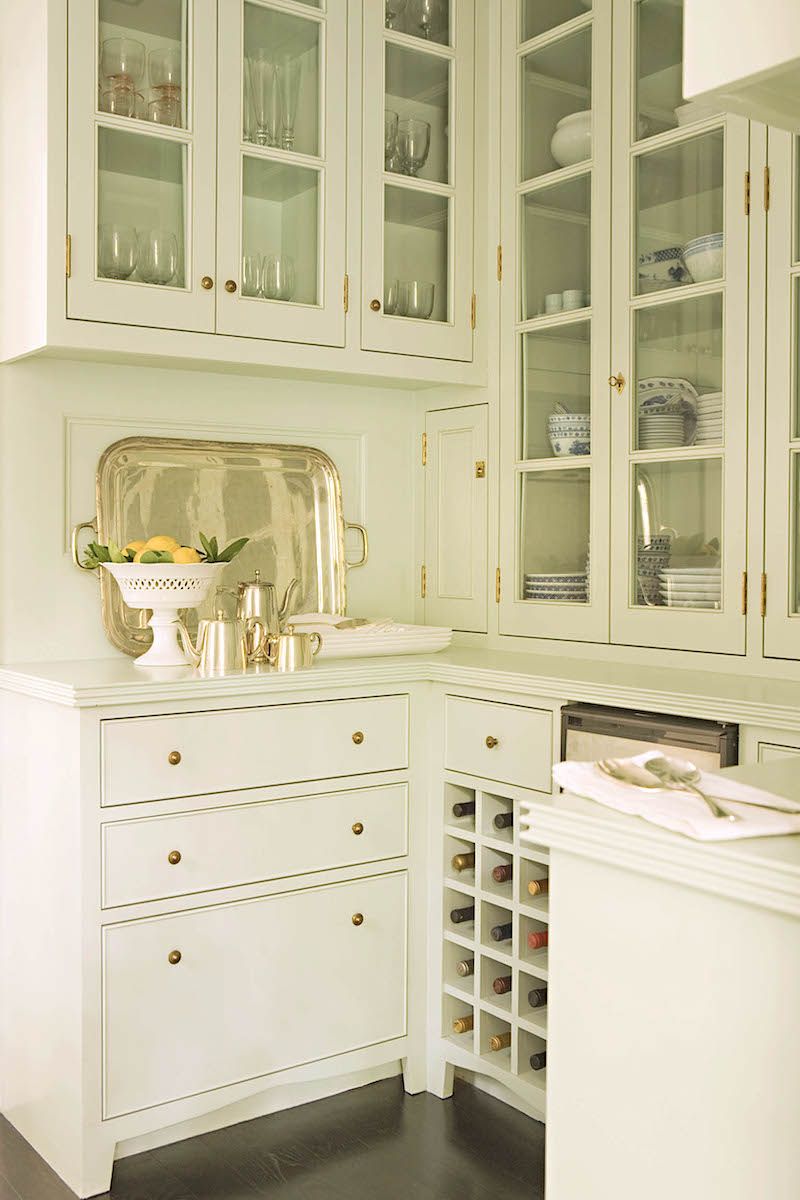
Who knew this old-school space between kitchen and dining room would become so sought-after? Butler’s pantries serve as staging areas for entertaining and extra storage for specialty items.
Modern versions feature wine fridges, coffee stations, and additional dishwashers. They keep the main kitchen clutter-free while hiding meal prep mess from guests.
Homeowners love how these practical spaces allow for seamless entertaining without exposing the cooking chaos. Even small homes can incorporate mini versions with just a counter and some cabinetry.
4. Picture Rails
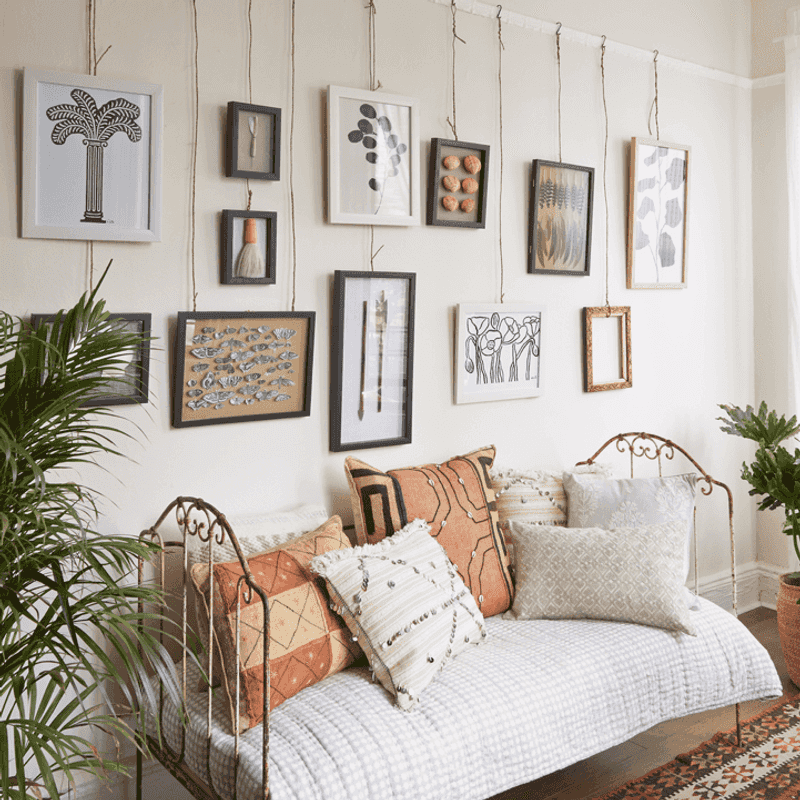
Those narrow moldings mounted near the ceiling aren’t just decorative! Picture rails let you hang art without damaging walls – a renter’s dream come true.
Originally popular in Victorian homes, they’re making a splash in apartments and houses where people want flexibility. Simply hook your framed pieces onto the rail with special hangers and decorative cords.
The best part? You can rearrange your gallery wall weekly if the mood strikes, without patching a single hole. Plus, they add architectural interest to otherwise plain rooms.
5. Telephone Nooks
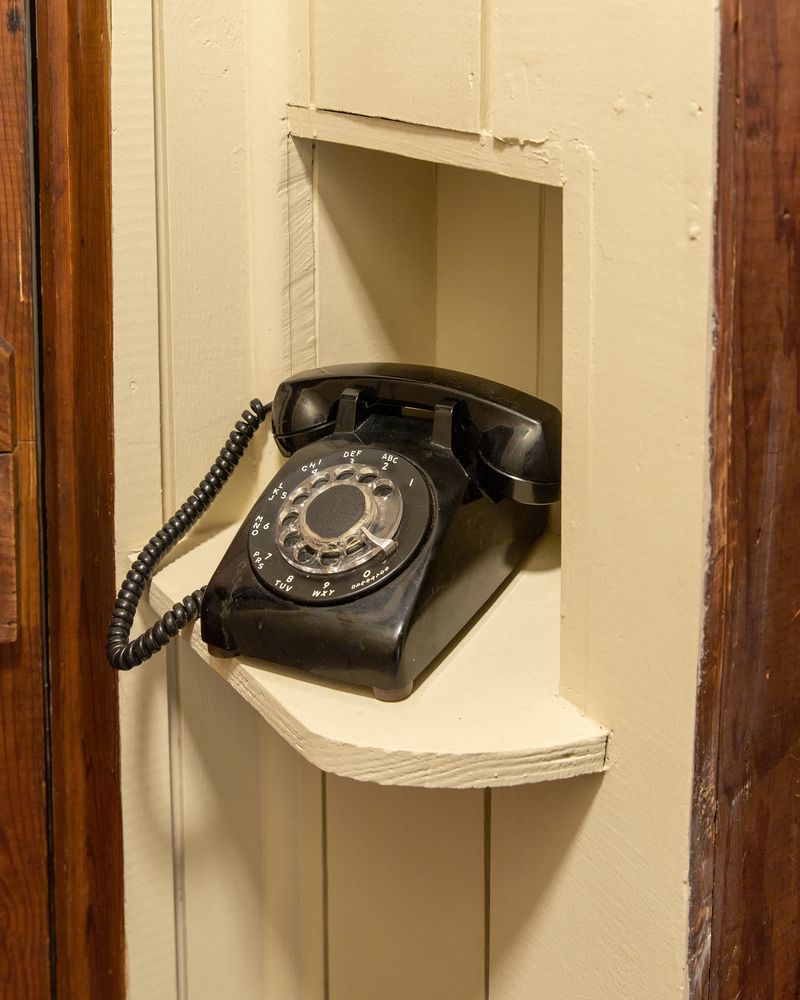
Remember those little alcoves built specifically for landline phones? They’ve transformed into charging stations and mini home offices! These compact spaces make perfect use of otherwise awkward areas.
Modern telephone nooks feature hidden outlets, small desks, and organizational systems for tablets and smartphones. Some homeowners convert the space under stairs or between rooms for this purpose.
The genius lies in containing tech clutter while providing a designated spot for working on quick emails or charging devices away from kitchen counters and bedside tables.
6. Pocket Doors
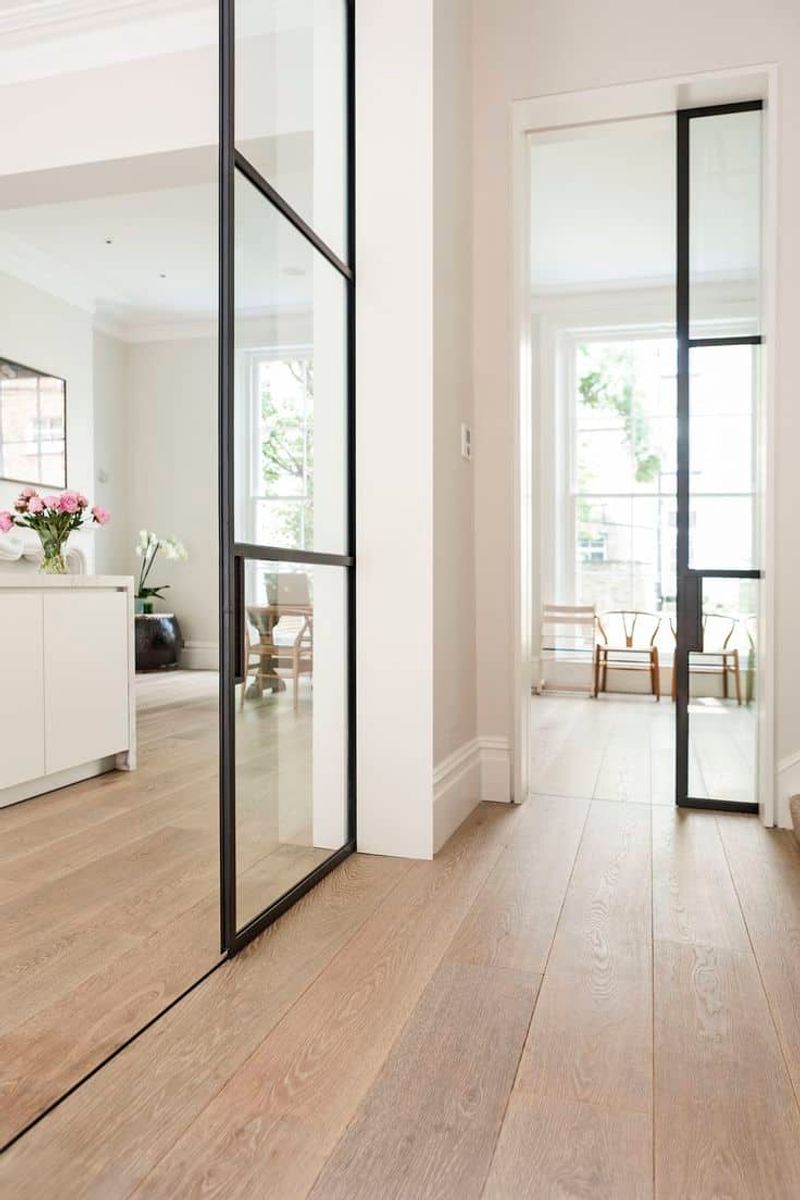
Space-saving doors that slide into walls rather than swinging out are experiencing a huge revival. Pocket doors were common in Victorian homes but fell out of favor when cheaper building methods took over.
Today’s versions glide smoothly on high-quality hardware and offer solutions for tight spaces. They’re perfect for bathrooms, laundry rooms, or creating flexible open/closed floor plans.
Architects love using glass pocket doors to separate spaces while maintaining visual flow and natural light. Some homeowners install decorative versions with stained glass or intricate millwork as architectural features.
7. Breakfast Nooks
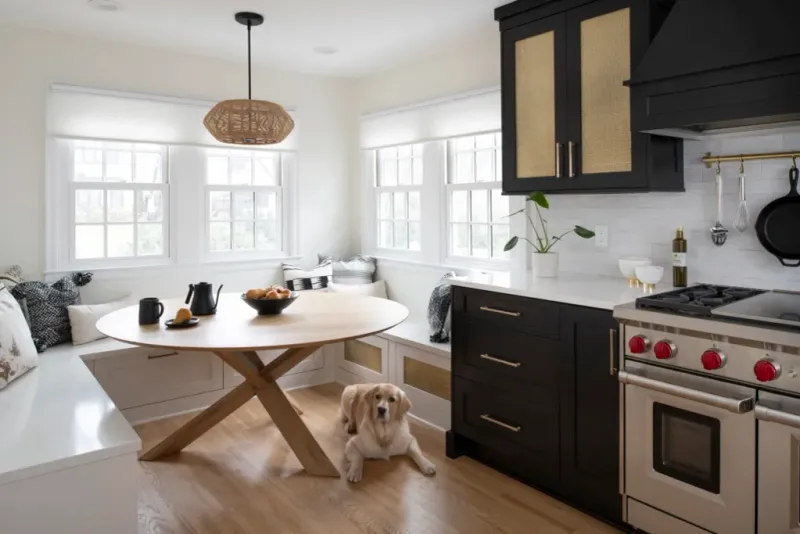
Those cozy corner seating areas are replacing formal dining rooms everywhere! Breakfast nooks maximize space with built-in benches and tables tucked into kitchen corners or bay windows.
Unlike their vintage counterparts, modern nooks often feature storage under the seating and adjustable tables. They create natural gathering spots for morning coffee, homework sessions, or casual meals.
Designers are making them extra inviting with plush cushions, pendant lighting, and views to outdoor spaces when possible. Some clever versions even include pull-out desks for work-from-home flexibility.
8. Terrazzo Flooring
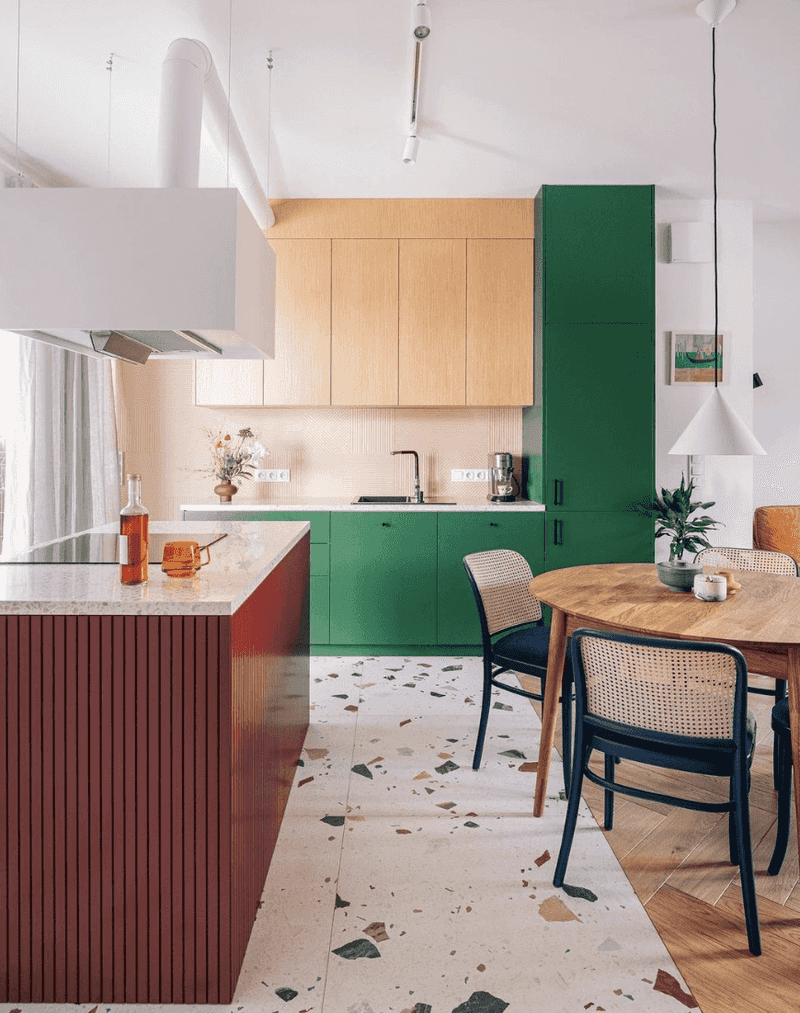
The speckled composite material once found in every public building is now the darling of high-end home design! Terrazzo combines chips of marble, quartz, glass, or other materials in a binder for nearly indestructible surfaces.
Modern manufacturing methods have made it more affordable and available in countless color combinations. Homeowners love its durability in high-traffic areas and its ability to hide dirt.
Beyond floors, terrazzo now appears on countertops, shower walls, and even furniture. The playful, confetti-like appearance brings personality to spaces while remaining surprisingly neutral and timeless.
9. Wallpaper Ceilings
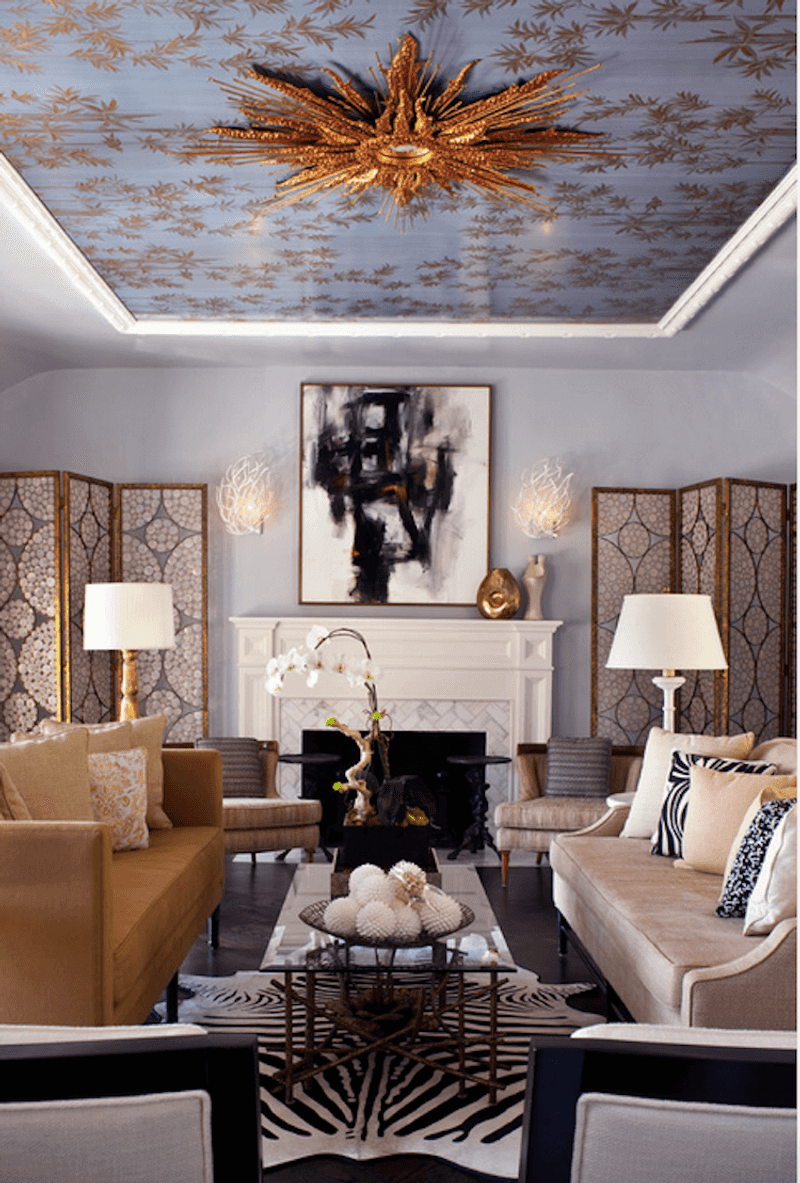
Look up! The “fifth wall” is getting major attention with bold patterns and textures. Victorian and Art Deco homes often featured ornate ceiling treatments that fell out of favor during minimalist movements.
Today’s ceiling wallpapers range from subtle textures that mimic plaster techniques to dramatic murals and patterns. They draw the eye upward and make rooms feel larger and more complete.
Unlike the difficult-to-remove papers of yesteryear, modern options include peel-and-stick varieties perfect for renters or the commitment-phobic. Small spaces like powder rooms and dining areas are perfect for this daring design move.
10. Scalloped Edges
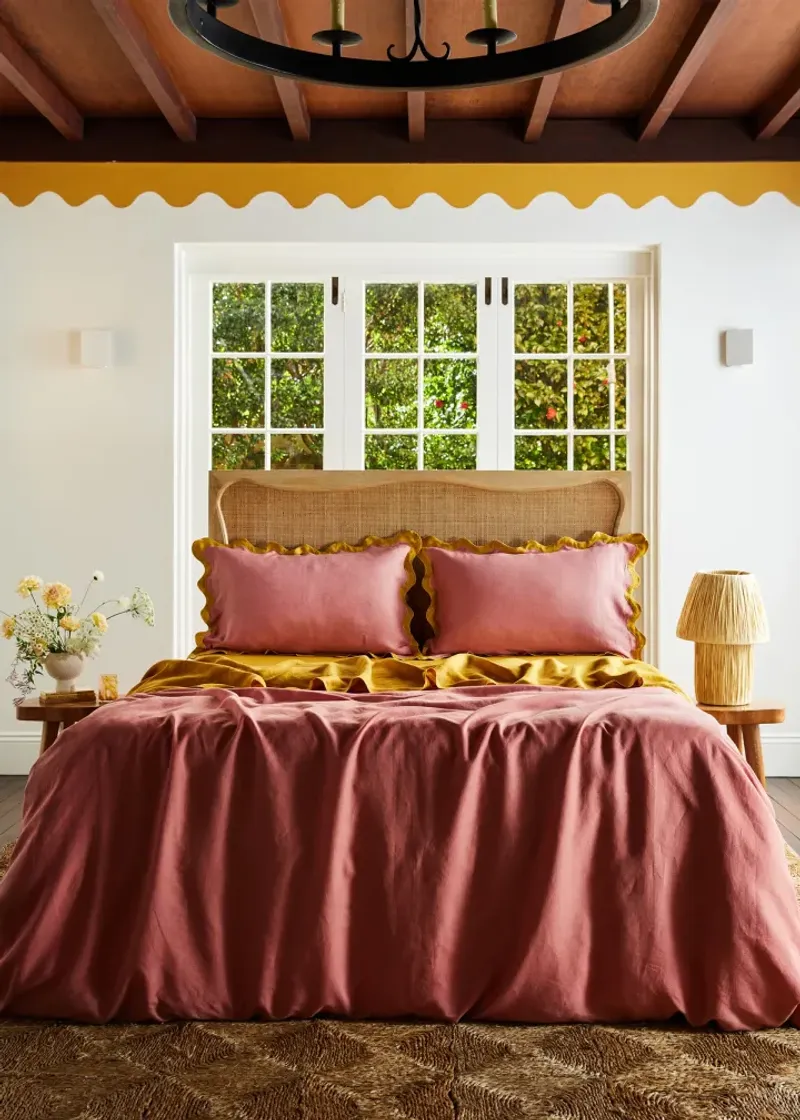
Those wavy, curved details are swimming back into our homes! Scalloped edges adorned everything from lampshades to trim in the 1940s and ’50s before clean lines took over.
Modern interpretations appear on cabinet edges, range hoods, island countertops, and textile edges. The gentle curves soften harsh lines and add whimsical personality without going full-on frilly.
Designers particularly love using scalloped tile edges in bathrooms and kitchens where they create visual interest without overwhelming the space. The look pairs surprisingly well with otherwise minimalist designs.
11. Skirted Sinks
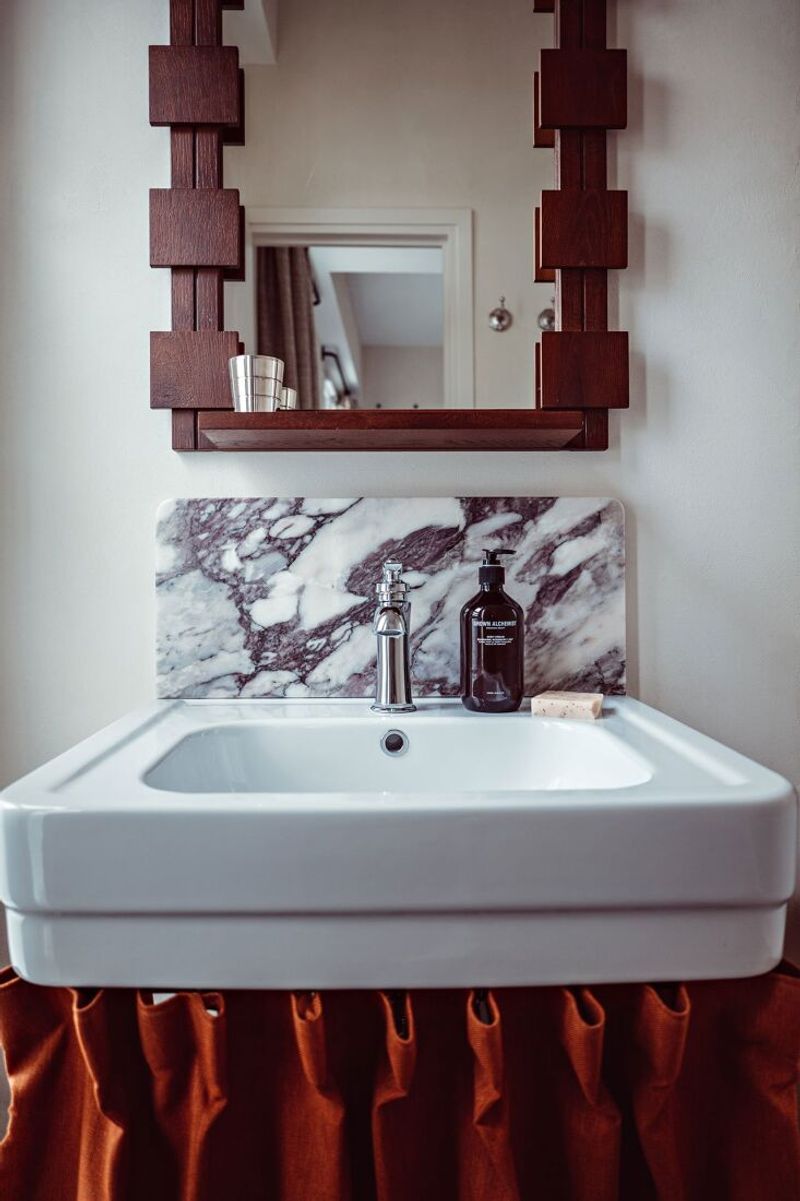
Fabric curtains hiding under-sink plumbing are making a fashionable comeback! This practical solution from grandma’s era concealed unsightly pipes while providing hidden storage.
Updated versions use performance fabrics with stain-resistant treatments and magnetic closures for easy access. They bring softness to bathrooms and powder rooms dominated by hard surfaces.
Budget-conscious renovators love how skirted sinks allow for an instant refresh without replacing plumbing fixtures. Plus, they’re perfect for rental properties where permanent changes aren’t possible but ugly pedestal sink plumbing needs disguising.
12. Plaster Walls
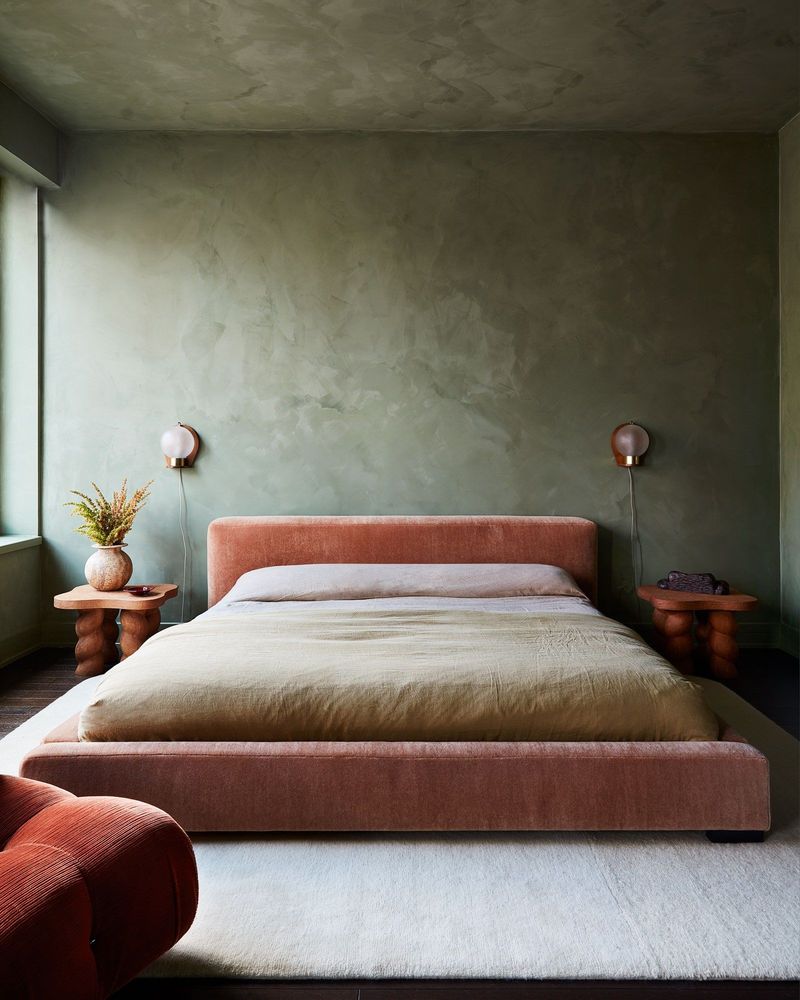
Forget perfectly smooth drywall! Textured plaster walls with their slight imperfections and depth are gracing high-end homes once again. This ancient technique creates surfaces with character and subtle light-catching variations.
Modern plaster formulations are more durable and come in countless colors and finishes. Some even offer acoustic benefits or humidity-regulating properties for bathrooms and kitchens.
Homeowners appreciate how plaster walls age beautifully, developing patina over time rather than looking worn. The technique works equally well in rustic farmhouses and sleek contemporary spaces.
13. Library Ladders
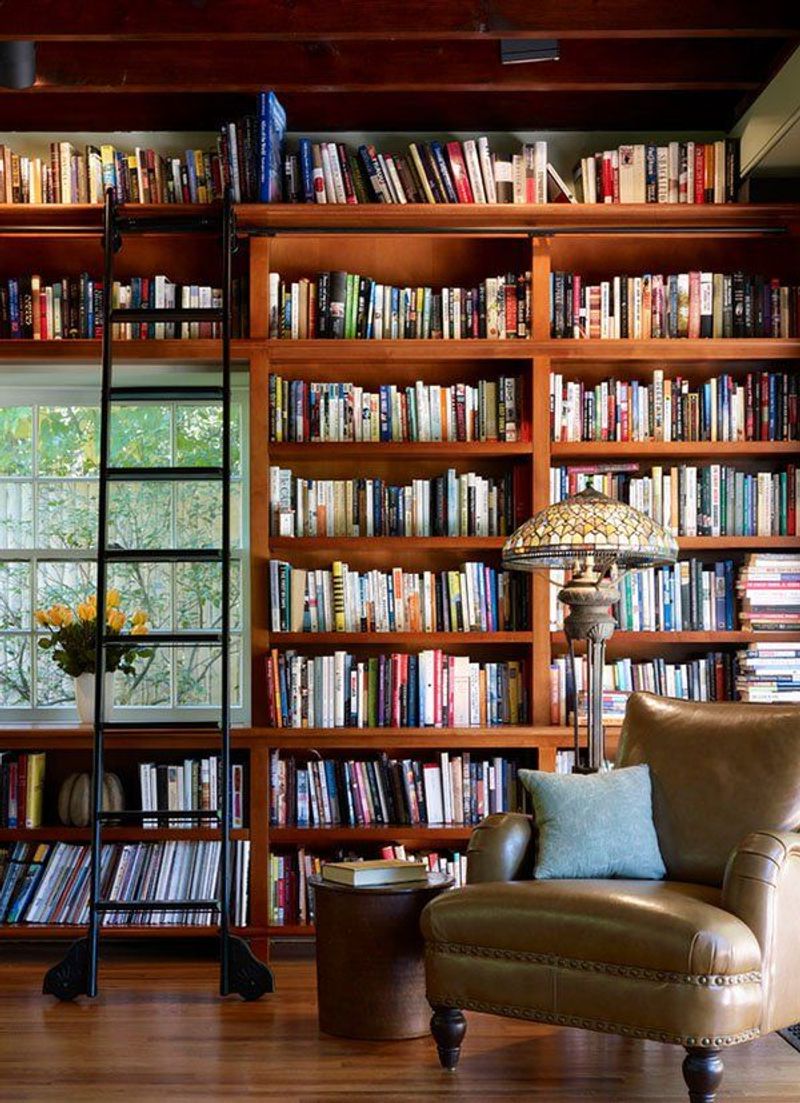
Rolling ladders aren’t just for Beauty and the Beast! These practical and eye-catching features make tall storage accessible while adding architectural interest.
Modern homes incorporate them in kitchens for reaching upper cabinets, closets for accessing seasonal storage, and of course, home libraries. The hardware has improved dramatically, with smooth-gliding systems and safety features.
Beyond their functionality, library ladders make a bold statement about valuing books and beautiful objects in our increasingly digital world. They transform ordinary storage into a design feature worth showing off.
14. Stained Glass Windows
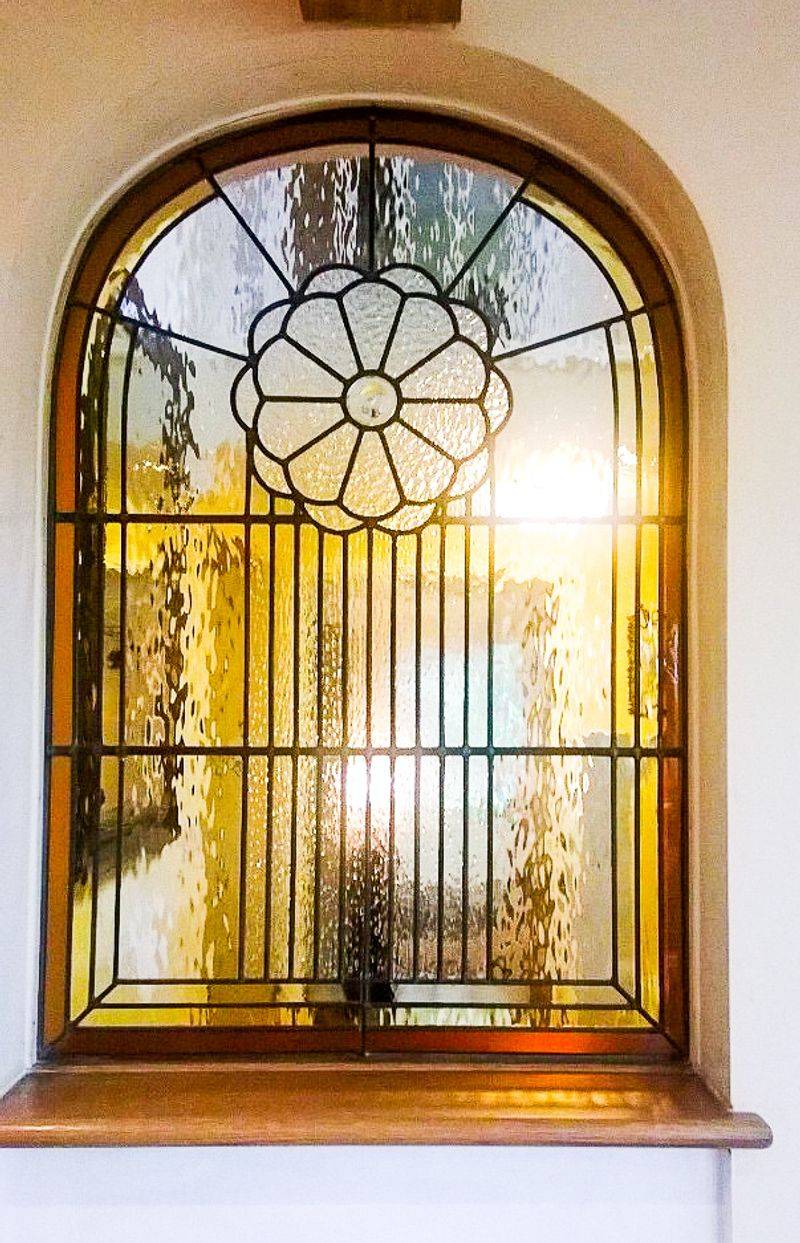
Colorful glass inserts are finding their way into unexpected places beyond churches and Victorian homes. Modern stained glass designs range from abstract geometric patterns to subtle nature-inspired motifs.
Homeowners are installing them in bathroom windows for privacy without sacrificing light, as kitchen cabinet inserts, and even as room dividers. The colored light they cast creates magical, ever-changing patterns throughout the day.
Local artisans are creating custom pieces that tell family stories or reflect homeowners’ interests. Even small panels can make dramatic impacts when placed strategically where light will showcase their beauty.
15. Dutch Doors
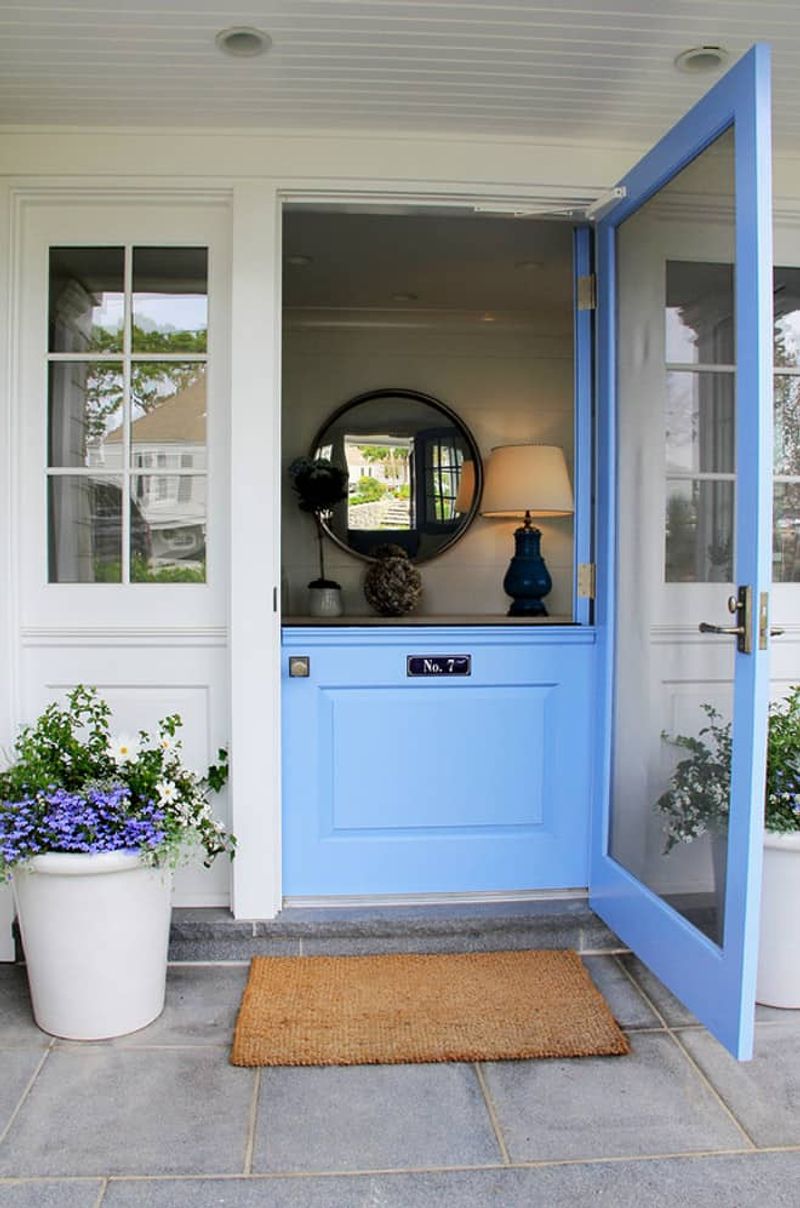
Split doors that open on top while remaining closed on bottom are jumping from farmhouses to suburban homes everywhere! Dutch doors originated as practical solutions for keeping animals out while allowing fresh air in.
Today’s homeowners love them for keeping toddlers and pets contained while maintaining connection between spaces. They’re particularly popular for home offices, allowing parents to work while supervising kids.
Modern versions come with improved weatherstripping and secure latching mechanisms. Some feature glass panels in the upper portion, creating a pass-through window effect when closed but the flexibility of a full door when needed.
16. Sleeping Porches

Screened outdoor rooms designed for napping and overnight sleeping are returning as people seek connections to nature. Before air conditioning, these breezy spaces provided cool sleeping areas during hot summers.
Modern sleeping porches feature weather-resistant materials, retractable screens, and comfortable furnishings that transition between day and night use. Some include ceiling fans, outdoor fireplaces, and heating elements for three-season enjoyment.
Health-conscious homeowners appreciate the improved sleep quality from fresh air and natural temperature regulation. They’re perfect for weekend naps or creating magical overnight experiences for kids and guests.
17. Larders And Cold Pantries
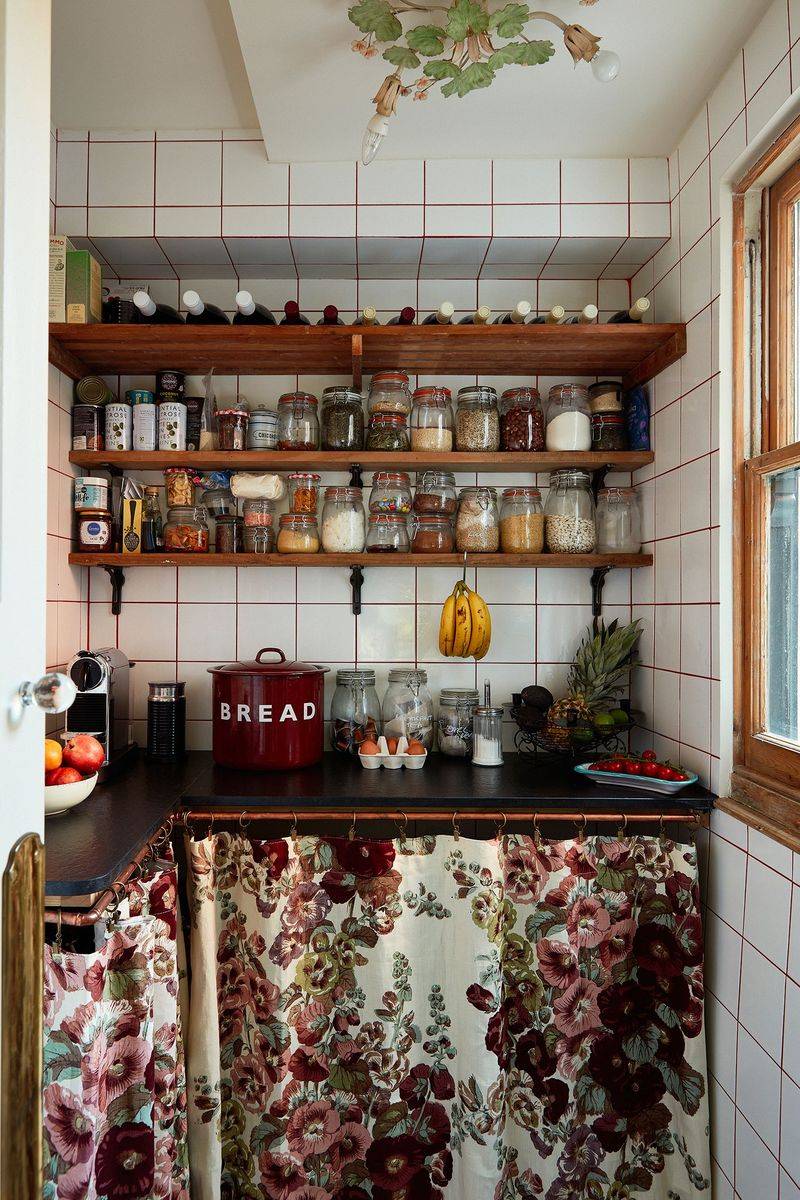
Food storage spaces that don’t rely on electricity are making surprising comebacks in eco-conscious homes. Traditional larders used natural cooling, ventilation, and darkness to preserve food without refrigeration.
Updated versions incorporate north-facing windows, marble or slate counters that stay naturally cool, and ventilation systems that maintain ideal humidity levels. Some even use ground temperature to create root cellar effects.
With increased interest in food preservation and reducing energy consumption, these practical spaces store everything from home-canned goods to wine, cheese, and root vegetables at optimal temperatures without electricity.
18. Built-In Furniture
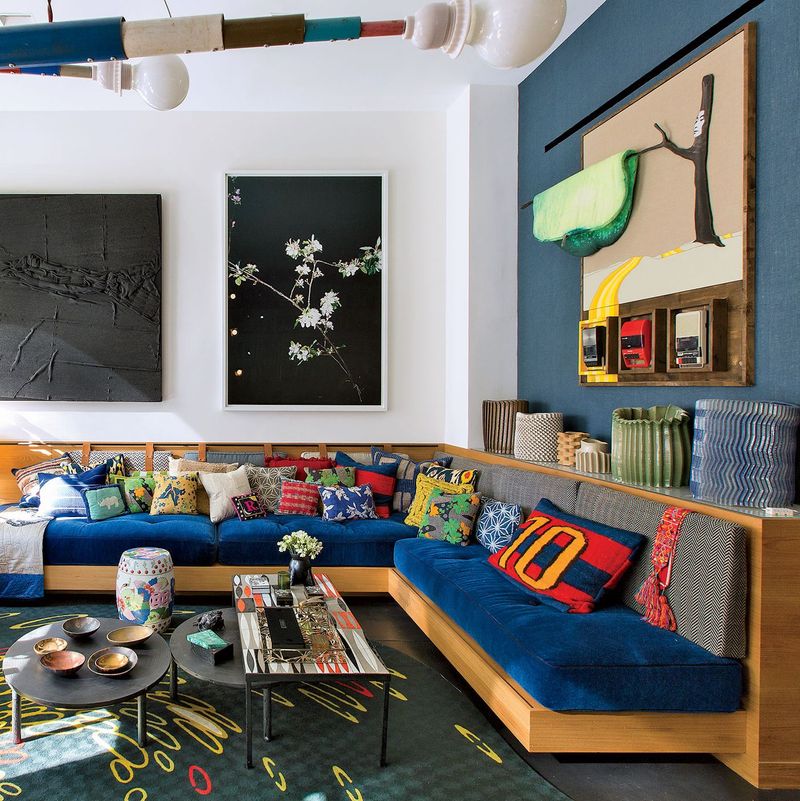
Custom-made pieces that are part of the architecture rather than freestanding are experiencing a renaissance. Think window seats, reading nooks, and banquettes built right into the walls.
Unlike the bulky built-ins of the past, modern versions are sleek and multifunctional. They maximize space efficiency while reducing the need for additional furniture purchases.
Homeowners love how built-ins can transform awkward areas like under stairs or odd corners into useful, beautiful features. They create instant character while solving storage problems and defining spaces in open floor plans.
19. Transom Windows
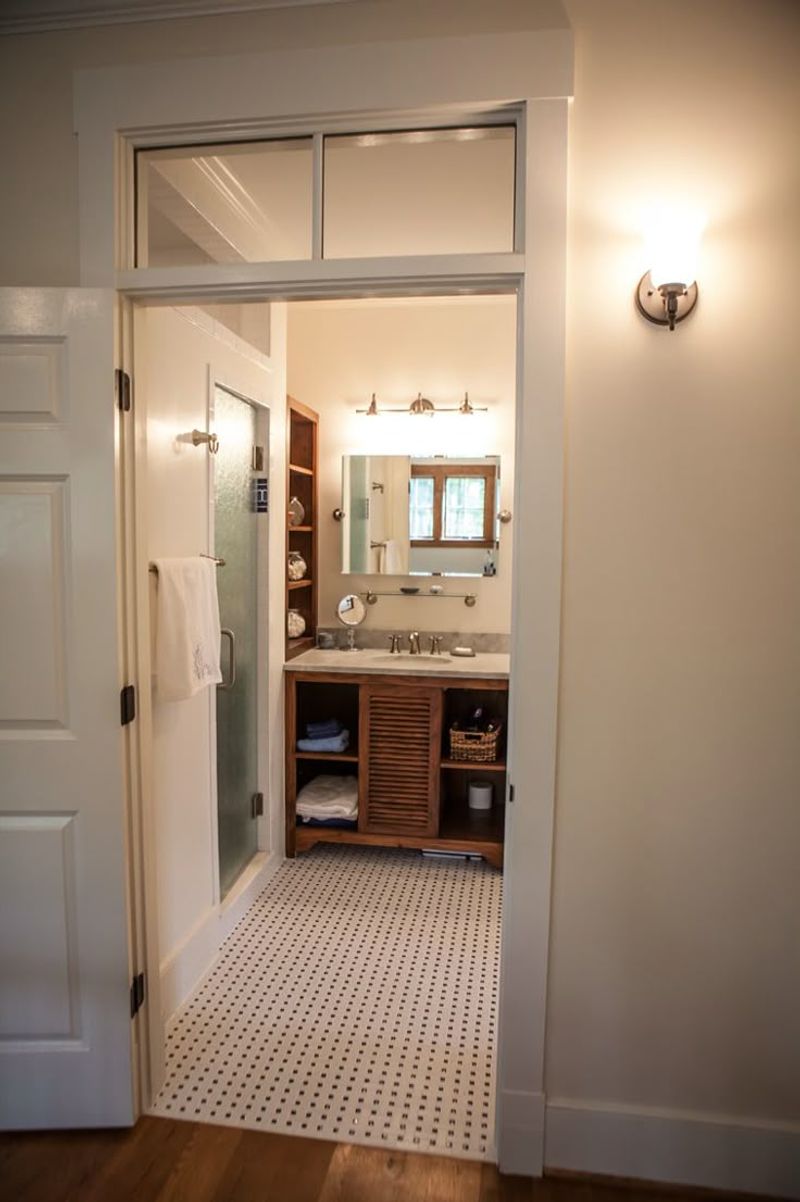
Those small windows above doors and between rooms are back in architectural fashion! Transoms originally provided ventilation and light distribution before central air and electricity.
Modern homes use them to borrow light between spaces without sacrificing privacy or wall space. Some versions open for air circulation, while others remain fixed decorative elements.
Architects particularly love using transoms in interior walls of smaller homes to make spaces feel larger and more connected. They’re perfect for bringing natural light into windowless bathrooms or hallways while maintaining the structural integrity of walls.

